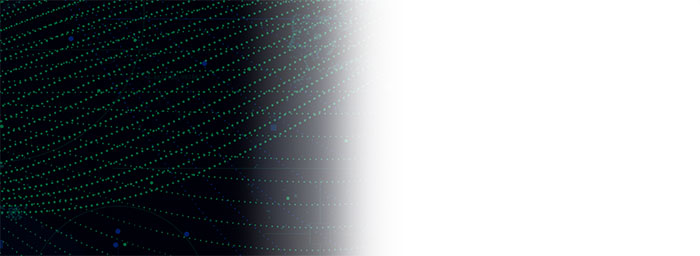Outbreak in the outback . . .
Relative to the wider Australian population, Indigenous Australians were six times less likely to have contracted COVID-19 during the pandemic’s first two waves. But during the ongoing third wave, an outbreak in Wilncannia, a remote outback town of about 700 in western New South Wales, has highlighted the brittleness of earlier successes. The outbreak began at a large Aboriginal funeral in mid-August. By mid-September, nearly 150 people were infected, about 90 per cent of whom were Aboriginal. Local health officials warned the federal government in March 2020 of the need for “urgent and drastic” action to prevent serious COVID-19 outbreaks across the remote region. They now say little was done to prepare.
Indigenous communities most at risk . . .
What happened in Wilcannia underscores the overlapping social and economic factors that make Indigenous Australians more at risk of COVID-19 infection, hospitalization, and death than the Australian average. High rates of chronic health conditions and overcrowded housing are of particular concern, as are low vaccination rates. While nearly 53 per cent of Australians are fully vaccinated, fewer than one in three Indigenous Australians have received both jabs. Over three-quarters of eligible Australians have received at least one vaccine dose, but less than half of eligible Indigenous Australians have done so.
Will policy responses help?
On September 14, the Australian government announced a new plan to boost vaccinations among Indigenous Australians. The plan identifies 30 priority regions across the country, including urban, rural, and remote areas. It extends an additional C$7 million in funding to enhance engagement with Indigenous Australians and promote vaccine uptake by engaging additional liaison officers and through culturally appropriate messaging. Critics observe that Indigenous Australians were identified as a high priority when the vaccine rollout began, that the quantum of funding is less than transformational, and that the plan essentially promises more of the same. The Australian government has indicated its four-phase re-opening plan will begin in earnest when 80 per cent of eligible Australians are fully vaccinated. Many fear that if vaccination rates among Indigenous Australians remain low, re-opening will usher in a new pandemic of the unvaccinated, disproportionately affecting Indigenous Australians.
READ MORE
- Australia Broadcasting Corporation: Leaked letter warned of COVID disaster in Aboriginal community of Wilcannia 18 months ago
- The Guardian: ‘Scared and angry’: warnings ignored before Delta ripped through Wilcannia
- The Sydney Morning Herald: ‘Woefully behind’: Fewer than one in three Indigenous Australians fully vaccinated
